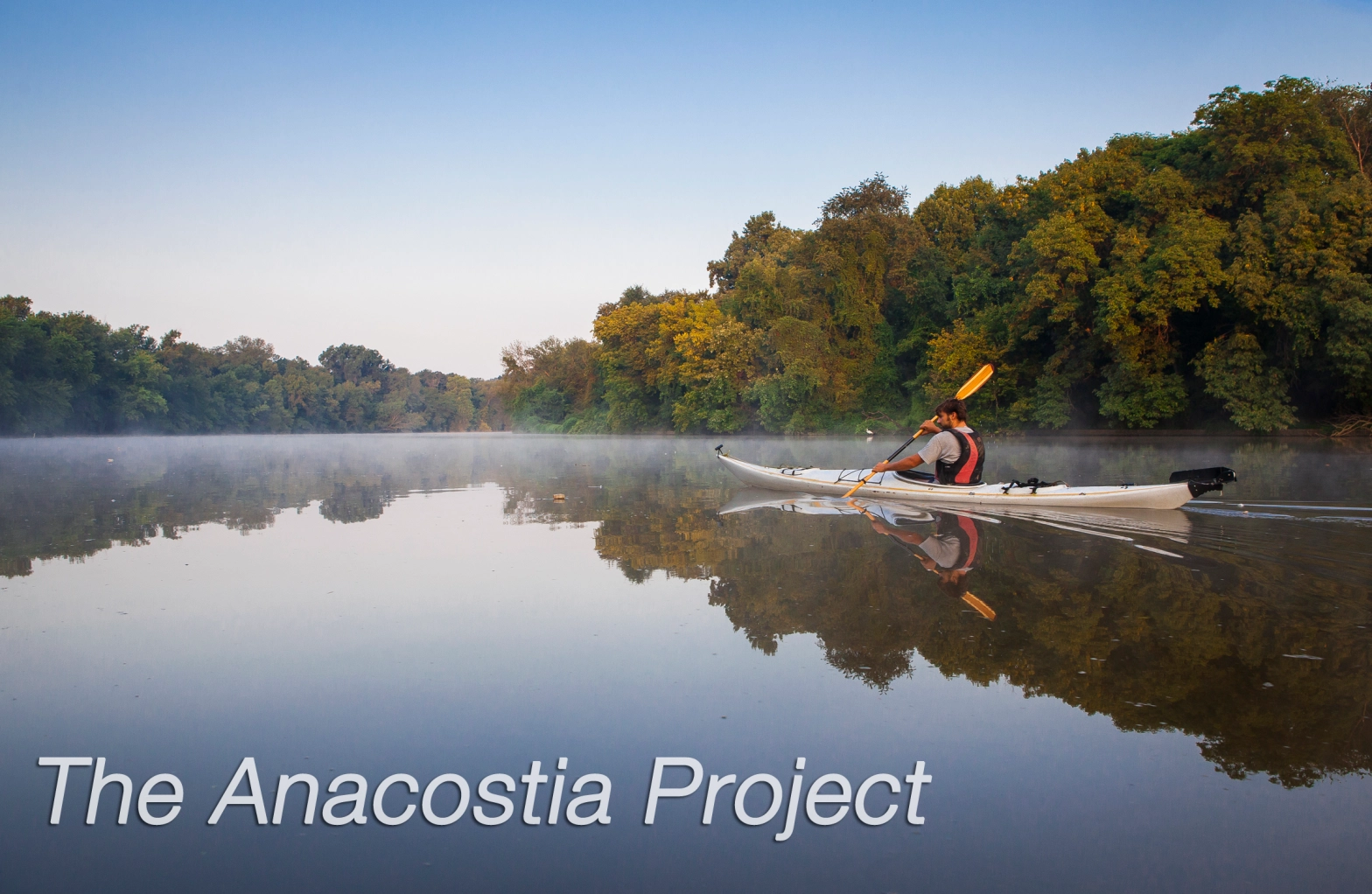A conscious approach to consumption becomes critical to sustainable life on a sailboat.
Tag Archives: watershed
A Chesapeake Summer
Summer on the Chesapeake Bay, in five lines:
Hot, humid, thunderstorm.
Bald eagle tries to steal fish from osprey. Osprey crying out indignantly, loses fish.
Great blue heron barks at both of them, at no-one, at everyone and the general effrontery of the world.
Hot, humid, storm.
Jellyfish.
Fire and Ice Moon
The following text is excerpted from River of Redemption: Almanac of Life on the Anacostia, published in November 2018 by Texas A&M University Press. Each chapter of the book is titled according to the custom of many native North American cultures, to name a month for the defining quality of its days. Anacostia Almanac months areContinue reading “Fire and Ice Moon”
This is a rant, be warned
I took a few hours last night to participate in my local government by attending an input session for the Prince George’s County, Maryland, master plan for environmental, rural and agricultural conservation. There are of course many ways to get involved in the future of the little spot of Earth I occupy, but I think there isContinue reading “This is a rant, be warned”
Anacostia
The Wildest Part of Washington DC
We all have a stake in what happens to our rivers, but perhaps none more so than the wild neighbors who share our urban waters and green space. They go unnoticed most of the time. They’re not present in the meetings where decisions are made to cut down urban forests, or pave over vernal pools.Continue reading “The Wildest Part of Washington DC”
Anacostia Story
The Anacostia River was abused and neglected for more than a century, becoming one of the nation’s most polluted rivers, right in the heart of Washington DC. Today there is growing momentum for restoration of this watershed, but for a full recovery watershed residents must awake, and the Anacostia Story must be told. This slideshowContinue reading “Anacostia Story”
The Anacostia Project
The Anacostia was once a river teeming with fish, turtles and aquatic mammals that nurtured a rich biological community including native peoples descendent from the Algonquin tribe. But history descended upon the Anacostia when the Chesapeake Bay became one of the first centers of European colonization. First deforested and polluted by agricultural runoff, then forgottenContinue reading “The Anacostia Project”





